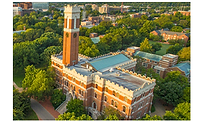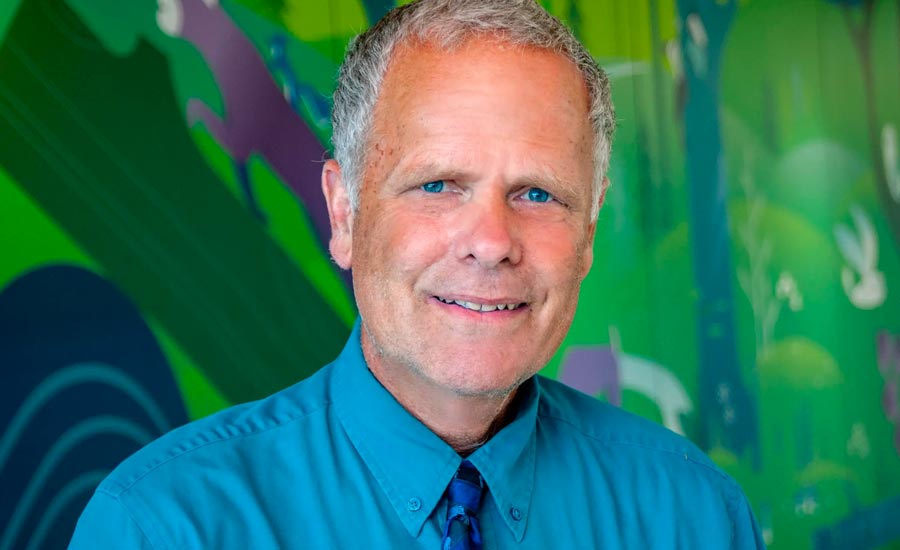Education & Training
Diversity training best practices in a time of social unrest and racial unease

PeopleImages / E+ via Getty Images

Jim Sawyer


Diversity awareness is appreciating and understanding the full and tragic scope of U.S. history, and it matters now more than ever before.
Slavery, the Four Century genocide of Native peoples, the true costs of Jim Crow/ Institutionalized racism: these are parts of U.S. history that have not received sustained attention. These tragic omissions from our history, our heritage, serve no one and continue to haunt the U.S.
Coming to terms with history is critical as the U.S. (and many parts of the world) become politically polarized to a degree where truth, fact, history and reason have become marginalized in many sectors.
For security leaders, the issue of diversity and racial equality will only grow in importance. In 2020, we saw global social protest erupt after the filmed murder of George Floyd, on the streets of Minneapolis. Activist Noam Chomsky commented that there has been “nothing comparable in American history” to the incredible outpouring of protest unleashed by George Floyd’s murder. He added that even at the peak of Martin Luther King’s popularity, the mass protests led and inspired by Dr. King “didn’t come anywhere close” to the massive racial justice protests and demonstrations that have come to life over the past year.
The scope of social change that has resulted and will continue to result from the sustained protests of the “Black Lives Matter” movement and others is impossible to predict. We are already seeing resistance and the rise of a Neo-Nazi White Supremacist movement. By some estimates, there are over 800 White Supremacist groups operating in the United States. The reality of these groups underscores the crucial need for racial understanding, diversity awareness, cultural understanding, an acknowledgement of U.S. history and pro-active implementation of diversity appreciation and education efforts.
Security professionals can and should take an active lead here within their organizations. Some may balk at such a statement, and I accept that reality. Historically and traditionally, the security profession has been largely staffed and managed by well-meaning Caucasian males with conservative world views; and traditional conservative views have much to admire.
I grew up and went to school with a largely white population. The friends I kept over the decades were conservative to the point where they thought “uppers” were dentures and getting high was a trip to Seattle’s Space Needle. But they believed and believe in justice, equality, democracy, and making amends for historical wrongs.
As leaders within our organizations, we have the opportunity to become advocates, teachers and proponents of racial equality, diversity awareness and cultural understanding. I’ve outlined some strategies, recommendations and possibilities that security professionals can undertake to create a better world, and hopefully, mitigate some risk within their organization in the process.
1. Hire with diversity in mind. Build a strong, vibrant security team that includes both women and minorities. Make this a defined goal. Become a leader in your organization.
2. Put women and minority officers in supervisory and management positions. Your respective team and organization will prosper when qualified minorities and women are awarded supervisory and management positions. Again, have this as a defined goal.
3. Include questions on equality and diversity in all new hire interviews. This process is a must for all new hires. “What are your thoughts on racism and diversity?” “How will you support clients when language barriers exist?” “Give me an example of when you problem solved a sensitive situation where cultural or racial misunderstandings were present.” Develop eight to 10 questions that work for you, your team and your organization.
4. Become an educator. Monitor the news both locally and nationally for stories of interest. Where racism and cultural misunderstandings rear their head, Tom Stoppers writes “Information is light.” Follow and report out on situations involving racism. For example, casting light on the concerning activities of the Neo Nazi, Proud Boys or Boogaloo Boys, will only help build awareness on a growing problem. The goal is to be a source of information. Be an advocate and proponent of quality information sharing.
5. Build diversity awareness into your de-escalation trainings. Create an annual De-Escalation-Diversity awareness certification requirement for all security staff, or better yet, all frontline staff. The key is to make this an annual requirement. Merge de-escalation, cultural awareness and diversity awareness into one strong curriculum. As a security leader, you can make this a required class for your team and push to have the curriculum be universal for the organization.
6. Consider holding a “Security-Diversity fair” for your organization. Invite outside keynote speakers and make this an educational event where everyone is invited. This would transform how your organization views security and would put your team in a light that will endure. Alternatively, your team could hold a “Security Fair” where Diversity, racial, equality issues and cultural awareness issues are key topics.
7. Train. Designate two or three minority staff members within your team as de-escalation diversity instructors. Build a strong care group of instructors. Ideally, your team can train all frontline staff the benefits are long term. By implementing such training and adopting a philosophy of cultural and diversity awareness as a priority, everyone wins. To reach more staff members, consider building a 30-minute web-based class that can be taken year-round. Make sure security authors this course and updates annually.
8. Immediately investigate any and all reports of workplace bullying that may or could involve inappropriate racial or cultural commentary. There’s no such thing as “good-natured bullying.” Cultural, ethnic or racial jokes should never be sanctioned or normalized in the workplace.
9. Teach all security officers what a “hate crime” is. A great many people hear the term “hate crime” used but are not always sure of what it entails. Provide that information. Give examples from the news.
10. Consider developing a “self-defense class for women.” We have done so at Seattle Children’s, and it has been well received regionwide.
11. Look into developing a “safety best-practices class” for the LGBTQ population. At Seattle Children’s we are developing a “self-defense best practices” program for the LGBTQ population. This is a class we will one day hopefully be able to showcase throughout the Northwest. The efforts to do so at your organization not only underscores your efforts to promote and build diversity awareness, but also supports a population that is often targeted.
12. Become an educator-advocate-teacher on human trafficking. Human trafficking often involves poor, minority, and disenfranchised people who are preyed upon and victimized. Security professionals need to be able to recognize victims or possible victims of human trafficking and know what to do in response.
These are just some ideas on making racial awareness, diversity and cultural awareness an essential educational requirement for security professionals. When security leaders take the reigns on these and more programs to promote diversity and cultural awareness, the efforts not only shine the spotlight on security as a valuable member of the enterprise, but also play a key role in preventing or reducing violence within your facility.
The payoffs and benefits are long term, enduring and real. And there’s never been a more opportune time to promote and advocate on these essential topics. We have all seen both on a micro- and macro-level what can happen if intolerance, ignorance and hate are allowed to become entrenched.
Education and awareness will prevent future tragedy in both the long and short term. Toward that end, security professionals can become leaders and advocates for change that helps ensure a better future for all.
Looking for a reprint of this article?
From high-res PDFs to custom plaques, order your copy today!








